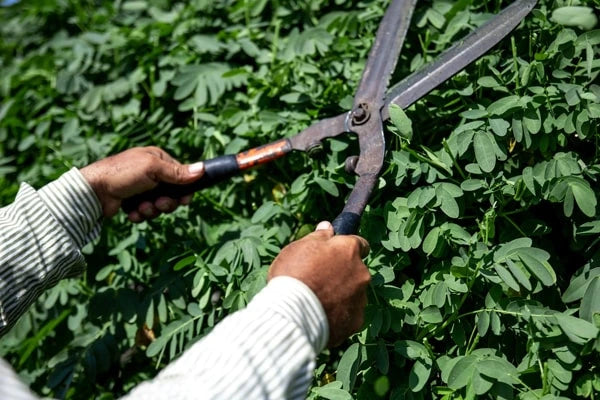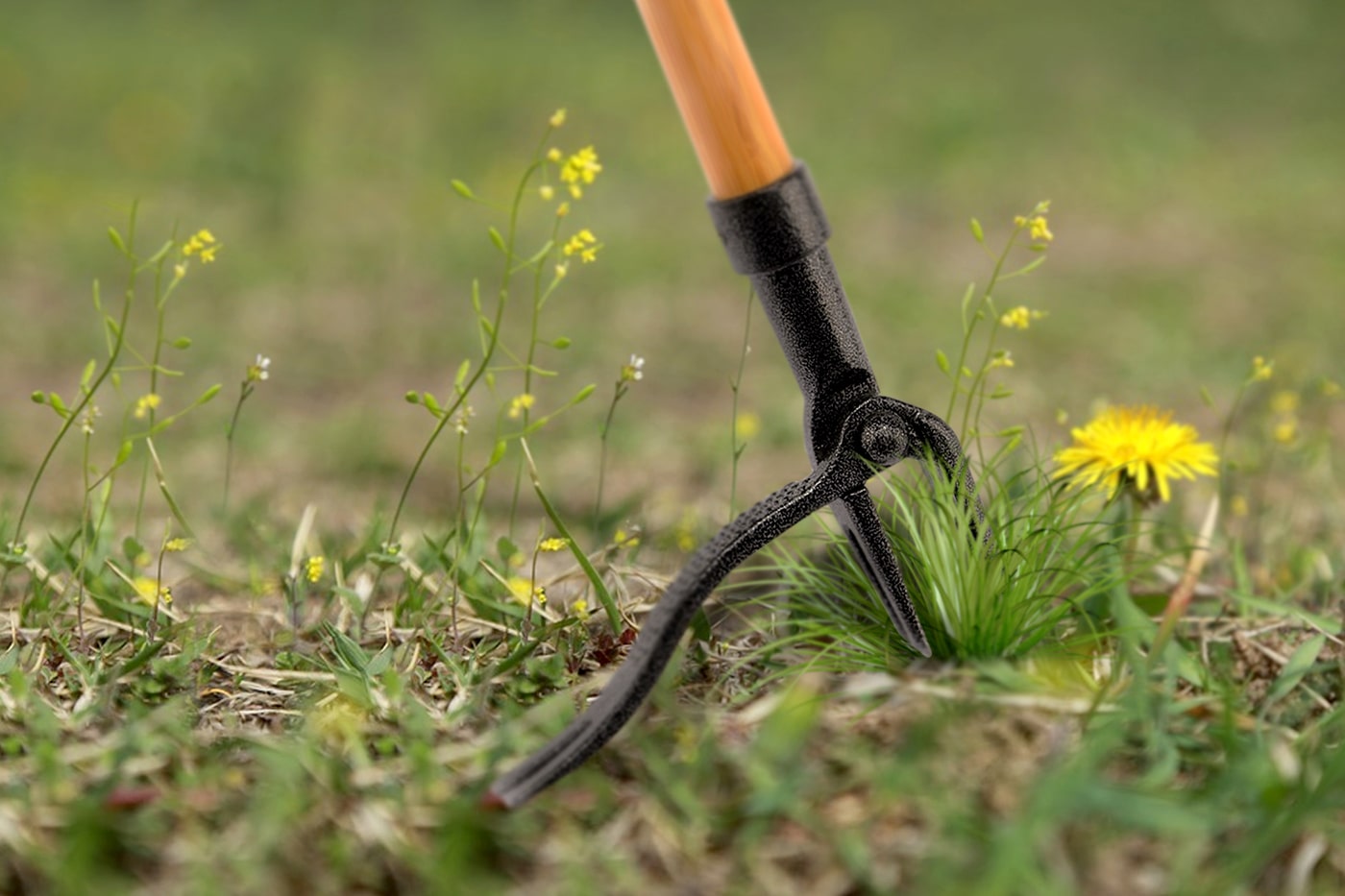Weeds are everywhere and they keep coming back no matter how often you pull them out. Thankfully, there is a way to make weeding fun… or faster, at the very least. A weeder is a tool that lets you pull weeds without bending over or kneeling. It lets you take care of weeds faster, no hand pulling necessary!
Although weeding is back-breaking, having a weeder makes the job infinitely easier. That said, weeders are not created equally. In this guide, let’s outline the best weed removing garden tools and weed pullers to get rid of weeds in the garden:
Contents []
The Importance of Weeding

Weeds are invasive plants that multiply at a fast rate. If you’re not eliminating weeds, it is only a matter of time before they take over the entire garden and steal precious nutrients from the soil. Weeds compete for light and space in the garden. Because these are aggressive growers, they can definitely overwhelm most plants.
Some weeds are poisonous too. Poison ivy and giant hogweed, for example, can cause skin irritation. Pests and diseases spread faster in a place with lots of weeds. Once established, weeds are difficult to remove without harming nearby plants, so it’s essential to take care of them before they mature.
Best Weed-Removing Garden Tools
Hand Cultivator: A handheld garden cultivator features 3 prongs with a pointed tip and a short handle. It is typically used to break up compacted soil or level the ground for planting. It can pull double duty as a weeder! It’s a great tool to use if you’re weeding a small area and works wonders for weeds that are difficult to pull. If you want to pull multiple weeds simultaneously, this is an excellent weeder to use.
Hori Hori Knife: A hori-hori knife is a Japanese digging and cutting knife with a short, sharp steel blade on both edges, a semi-sharp point, and a short handle. In Japan, a hori-hori knife is used to dig the soil, but it's a multipurpose tool. It's sometimes called a weeding knife for a reason. Use it for digging and cutting weeds with stubborn roots. The pointed tip lets you dig deeper near the root base and then pull the weed. This is an excellent tool to get if you have weeds that are hard to remove by hand.
Dutch Hoe: What makes a Dutch hoe different from a traditional hoe? It’s the design of the blade and the length of the handle. A regular hoe has a shorter blade that goes deeper into the soil. A Dutch hoe has a broader blade but skims just below the soil's surface. It’s often used to eliminate weeds with shallow roots. You don’t have to bend down or kneel as you weed with the long handle. You can skim right below the ground and pull the weeds’ roots with a hacking movement.

Spading Fork: A spading fork looks like a giant fork. It features a long handle with a square-shouldered steel base and four short tines with pointed tips. A spading fork is often used to break up compacted soil, transfer plants, or do bits of cleaning up in the garden. It can be used as a weeder and is quite effective in uprooting mature weeds with deep, complex root systems. Just plunge the fork into the ground and pull to loosen the weed roots, moving in varying directions to uproot effectively, then pull.
Garden Sickle: A garden sickle is a handheld tool that features a sharp, curved blade with a short handle. It's one of the oldest garden tools known to man and goes all the way back to the Iron age. A sickle is used to cut just about any plant, including grass, under bushes, leafy crops, and weeds. It’s also used to harvest fruits and vegetables. As a weeder, a sickle can cover a sizable expanse of space very quickly, but it should be used with care because of the sharp, thin blade.
Hand Digger and Hoe Combo: This multipurpose garden tool features a short handle with a dual-ended 3-prong cultivator and a mini hoe. It’s often used to dig and till the soil, but it also works great as a weeder. Any of the two ends can be used to uproot even the toughest weeds but the cultivator, in particular, is very effective in removing weeds with shallow roots. The hoe end is best used to dig deeper into the ground and pull weeds with deep roots.
Types of Weed Pullers
Fishtail Weeder: A handheld weeder that features a sharp, fishtail-shaped tip. The fishtail tip is designed to pull or pry weeds. This is an affordable and practical weeder, although it’s best used for weeds with shallow roots. Uprooting the weeds with this tool can be hard on the wrists, so if you have a weak grip or mobility issues, opt for an ergonomic fishtail weeder - these usually have large or thick handles with soft silicone covers.
Hand Weeder: A hand weeder is a handheld garden tool with a short handle and a forked end. It's designed specifically to uproot weeds of all types. It works by pushing the forked end to the ground, pulling the roots of the weeds up as you press on the handle. You can use it to dig deeper to get into tough weeds.

Stand Up Weeder: A tool that uproots weeds without kneeling or bending down. A stand-up weed puller has a long handle and a claw-like metal head that grabs the weeds and uproots them with a twist motion. This is a terrific tool to use if you have mobility issues, a weak grip, or are teaching your kids how to safely yet effectively clear weeds in the garden.
Some garden tools can be used to remove weeds, but it pays to invest in tools made specifically for the job. After all, weeding is hard work, and you’ll be saving yourself a lot of pain by using tools designed for it.
If you hate kneeling or bending down to remove weeds, we highly suggest getting a standup weeder like the ECOgardener weeder. It eliminates weeds quickly with no chemicals necessary. Shop here to get your own standup weeder today!



